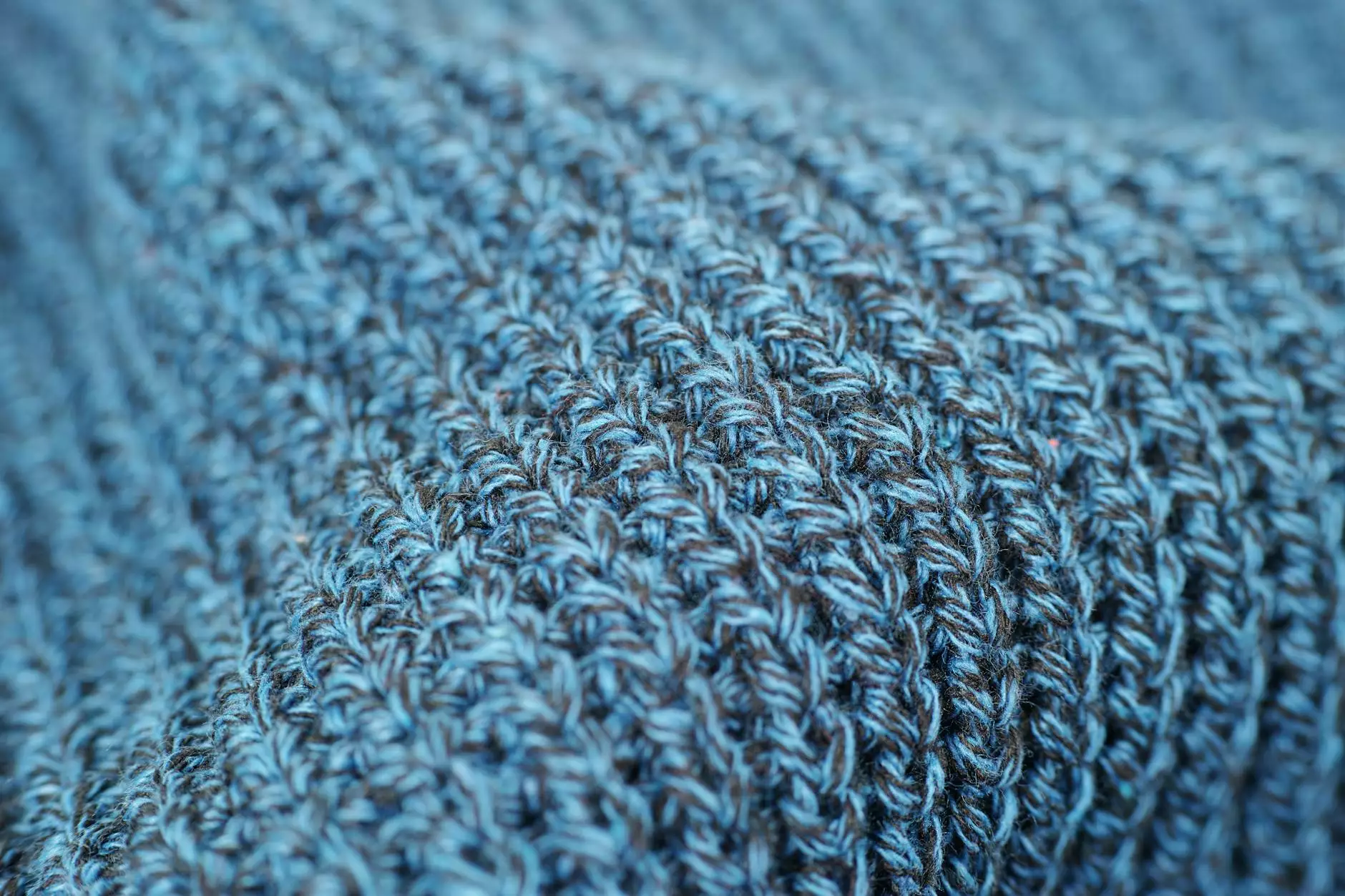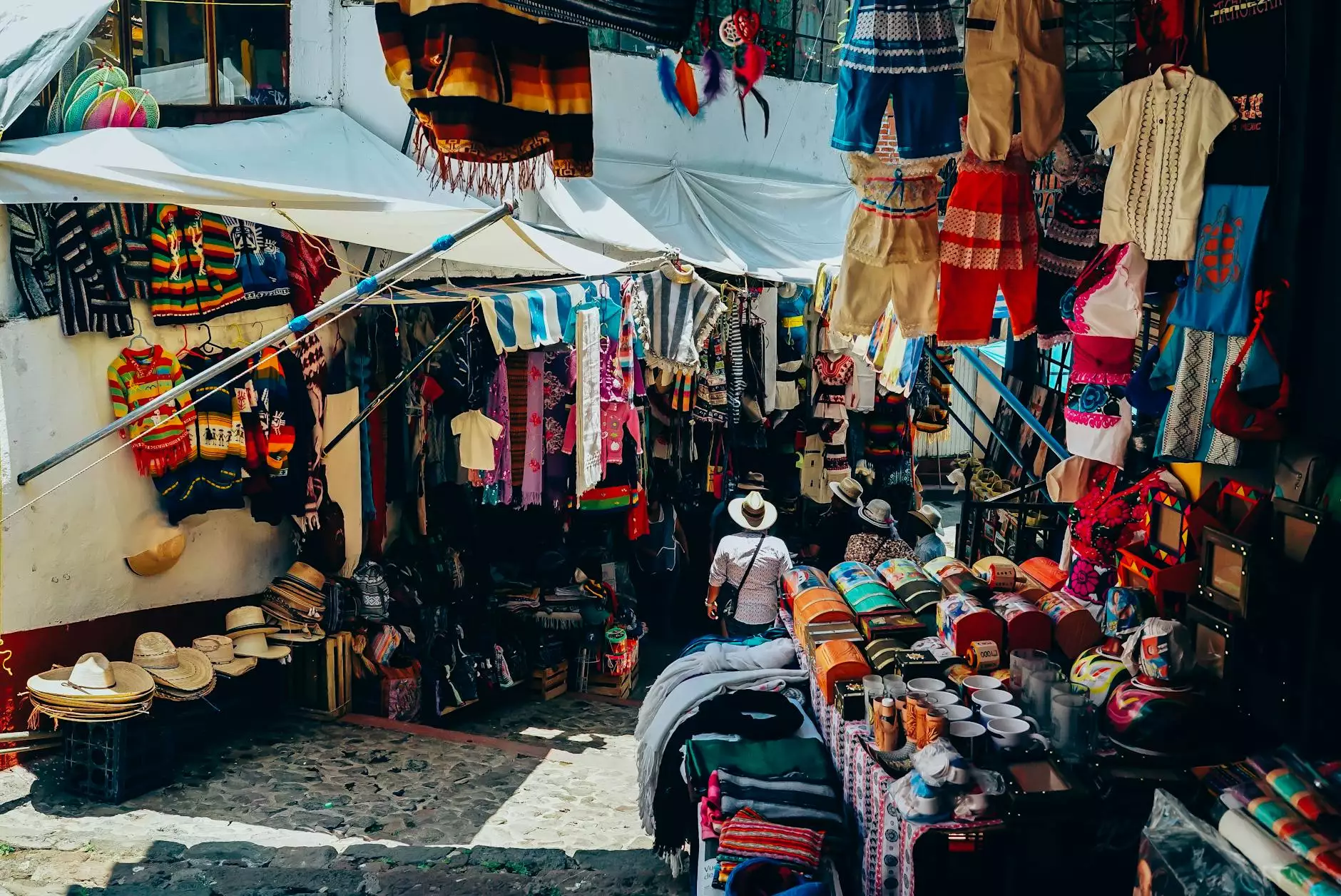Textiles - Recycling Guide

Introduction
Welcome to Festivals Bazar's comprehensive guide on textile recycling. In this guide, we'll explore various ways to recycle, re-purpose, and upcycle different types of textile materials. By learning about effective textile recycling techniques, you can contribute to a more sustainable future and reduce waste. Let's dive in!
The Importance of Textile Recycling
Textiles play a significant role in our everyday lives. From clothing and household linens to fabrics used in furniture and other consumer products, textiles make up a considerable portion of waste worldwide. Recycling textiles helps minimize the environmental impact associated with their production and disposal.
Recycling Textiles
Recycling textiles involves the process of recovering and reusing materials from discarded textiles to create new products. It helps conserve resources, reduce energy consumption, and decrease the demand for raw materials. Let's explore some common textile recycling methods:
1. Clothing and Fabric Recycling
Don't throw away old or worn-out clothing! Instead, consider donating them to local charities or thrift stores. Many organizations accept textile donations to support those in need. You can also repurpose old clothing into new items, such as bags or quilts.
2. Textile Upcycling
Upcycling refers to transforming discarded textiles into new products of higher value. Get creative and repurpose old clothing or fabric scraps into unique fashion accessories, home décor items, or even art pieces. The possibilities are endless!
3. Textile Recycling Facilities
Some areas have specialized textile recycling facilities that accept a wide range of materials, including clothing, bedding, curtains, and more. These facilities sort, clean, and process textiles to create recycled fibers for various industries, such as automotive and insulation.
Benefits of Textile Recycling
The benefits of textile recycling extend beyond environmental sustainability. Let's take a closer look at the advantages:
1. Environmental Impact
Textile recycling reduces the need for landfill space and prevents harmful chemicals from leaching into the soil and waterways. By recycling textiles, we can conserve natural resources, reduce greenhouse gas emissions, and minimize pollution.
2. Economic Opportunities
The textile recycling industry creates employment opportunities, from collection and sorting to processing and manufacturing. Supporting local recycling initiatives stimulates the economy and fosters a more sustainable society.
3. Social Responsibility
By participating in textile recycling, you contribute to a more equitable society. Donating gently-used clothing or supporting charitable initiatives ensures that those in need have access to quality clothing at affordable prices. Textile recycling strengthens community connections and encourages social responsibility.
Conclusion
Textile recycling plays a crucial role in reducing waste, conserving resources, and promoting sustainability. By exploring various textile recycling methods and adopting eco-friendly practices, we can make a positive impact on the environment and society. Join Festivals Bazar on the journey towards a more sustainable future through textile recycling. Together, we can create lasting change.




